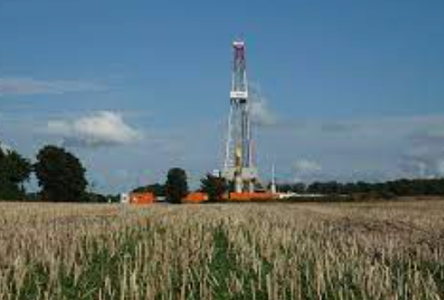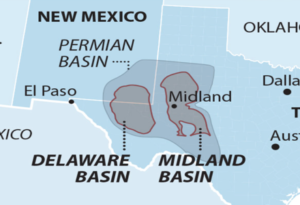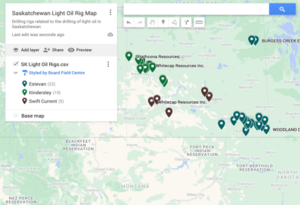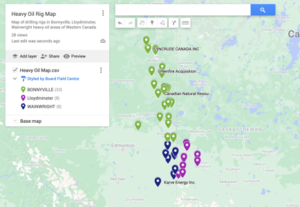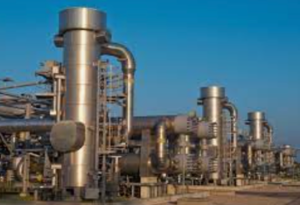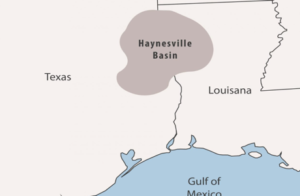The discovery of lithium in Appalachia oil & gas brine is part of a larger trend where oil and gas companies are turning their attention to lithium extraction from brines.

Companies like E3 Lithium and Imperial Oil in Canada, Occidental Petroleum, and ExxonMobil in the US are investing in technologies to extract lithium from brine. This shift is driven by the increasing demand for lithium, particularly for electric vehicle (EV) batteries, and national initiatives to secure domestic sources of battery metals.
What is brine?
Brine from oil and gas refers to the salty water that is brought to the surface during the extraction of oil and natural gas. This water can be naturally occurring in the underground formations or injected during hydraulic fracturing (fracking) processes to help release oil and gas from the rock. Brine typically contains high levels of dissolved salts and other minerals, and in some cases, it may also include valuable elements like lithium. Managing this brine is a significant environmental and logistical challenge for the oil and gas industry, as it often requires treatment or disposal.
Appalachia lithium extraction
The recent report from the National Energy Technology Laboratory (NETL) highlights a significant finding: produced water from oil and gas hydraulic fracturing in Appalachia can be a valuable source of lithium. This produced water, previously considered a waste product, contains higher concentrations of lithium compared to other shale formations, especially in the Marcellus Shale. The Marcellus Shale’s volcanic ash beds facilitate the partitioning of lithium into the fluids, making this region particularly rich in lithium content.
Key Findings and Implications
- Lithium Enrichment in Produced Water: The produced water from the Marcellus Shale in northeast and southwest Pennsylvania shows higher lithium concentrations, offering potential for substantial lithium extraction. This can potentially meet 38-40% of the current domestic lithium demand.
- Significant Lithium Yields: The report suggests that the Marcellus Shale produced water could provide significant lithium yields for the foreseeable future. This is important given the estimated domestic consumption of 3,000 metric tons of lithium annually.
- Economic and Environmental Benefits: Extracting lithium from produced water could offset the infrastructure and disposal costs associated with handling this wastewater. Additionally, it provides a domestic source of lithium, reducing reliance on international supplies.
- Regional Production Differences: The NETL research indicates that lithium yields and recovery efficiencies vary between the northeast and southwest regions of Pennsylvania. North-central Pennsylvania, in particular, is underdeveloped but has high lithium concentrations.
- Support and Data: The study used compliance data from the Pennsylvania Department of Environmental Protection and included 595 reports from 515 wells. This comprehensive dataset supports the potential for large-scale lithium extraction from produced water.
Produced water from hydraulic fracturing in Appalachia, particularly from the Marcellus Shale, contains high concentrations of lithium, which can meet up to 40% of current US demand. This discovery offers significant economic and environmental benefits by providing a domestic lithium source and reducing disposal costs. The study highlights regional differences in lithium yields within Pennsylvania and uses comprehensive data from state environmental reports. The trend reflects a broader industry shift towards lithium extraction from oilfield brines to meet growing demand for EV batteries and other technologies.

